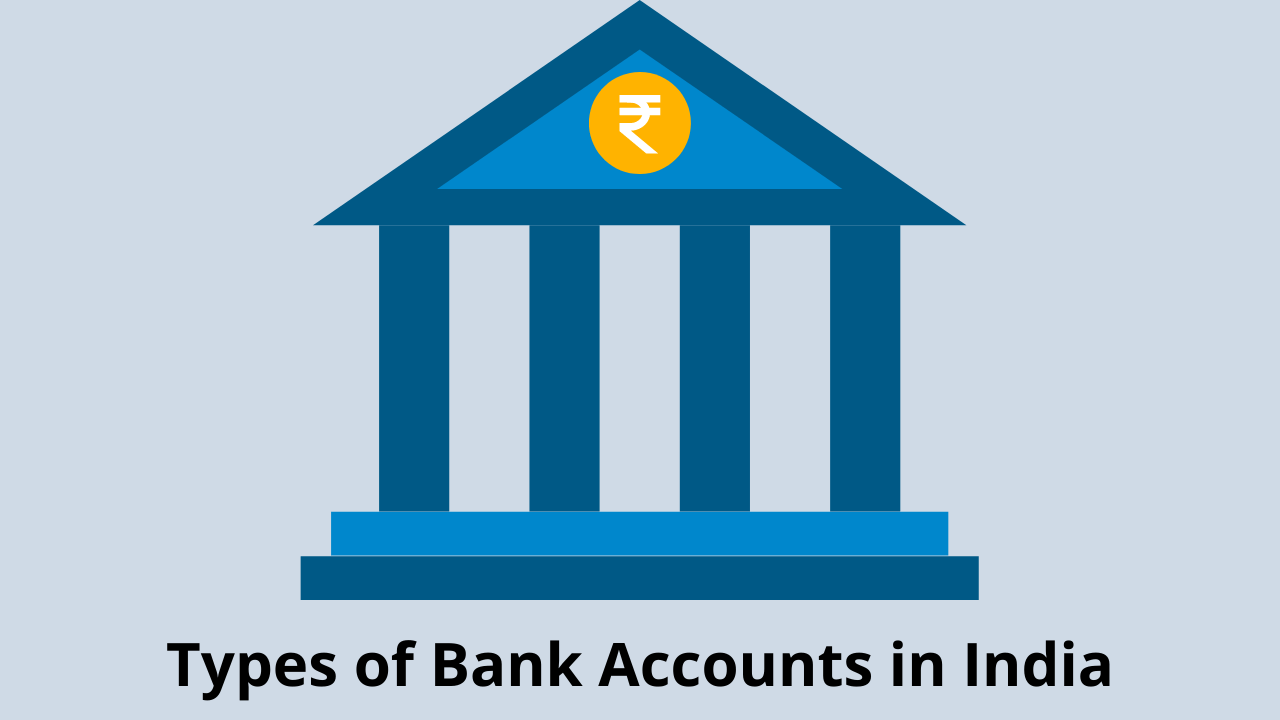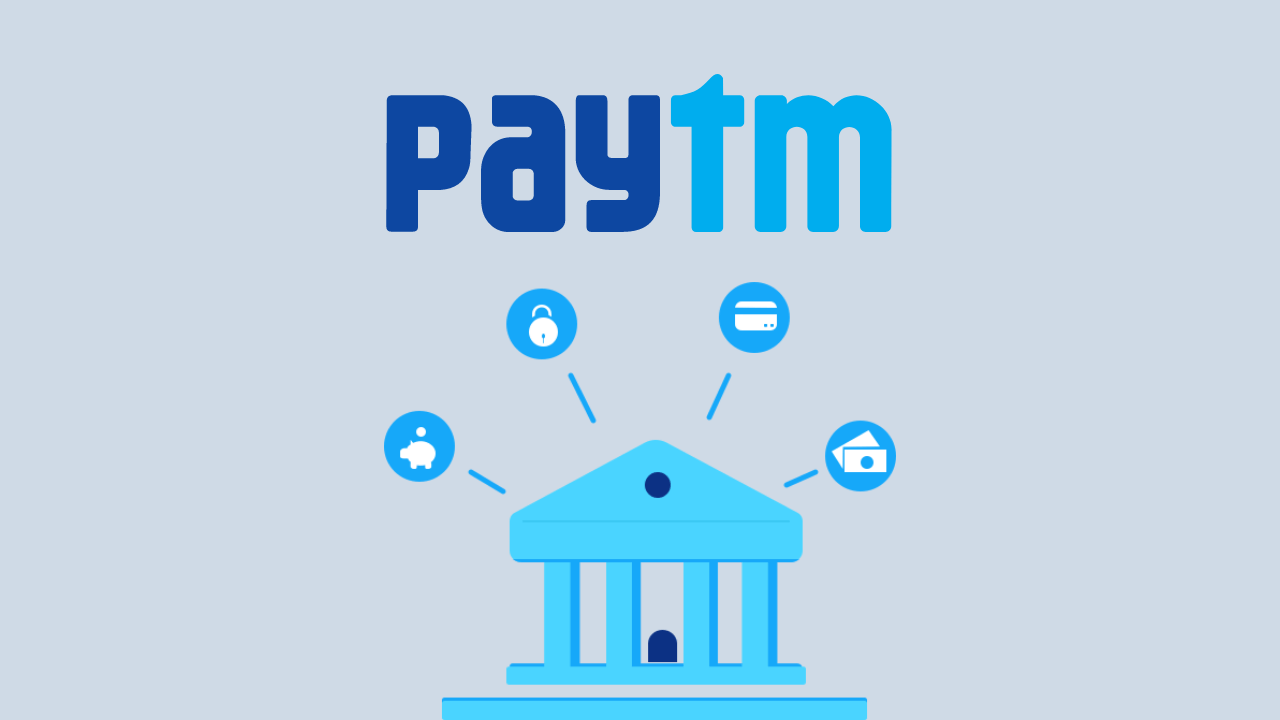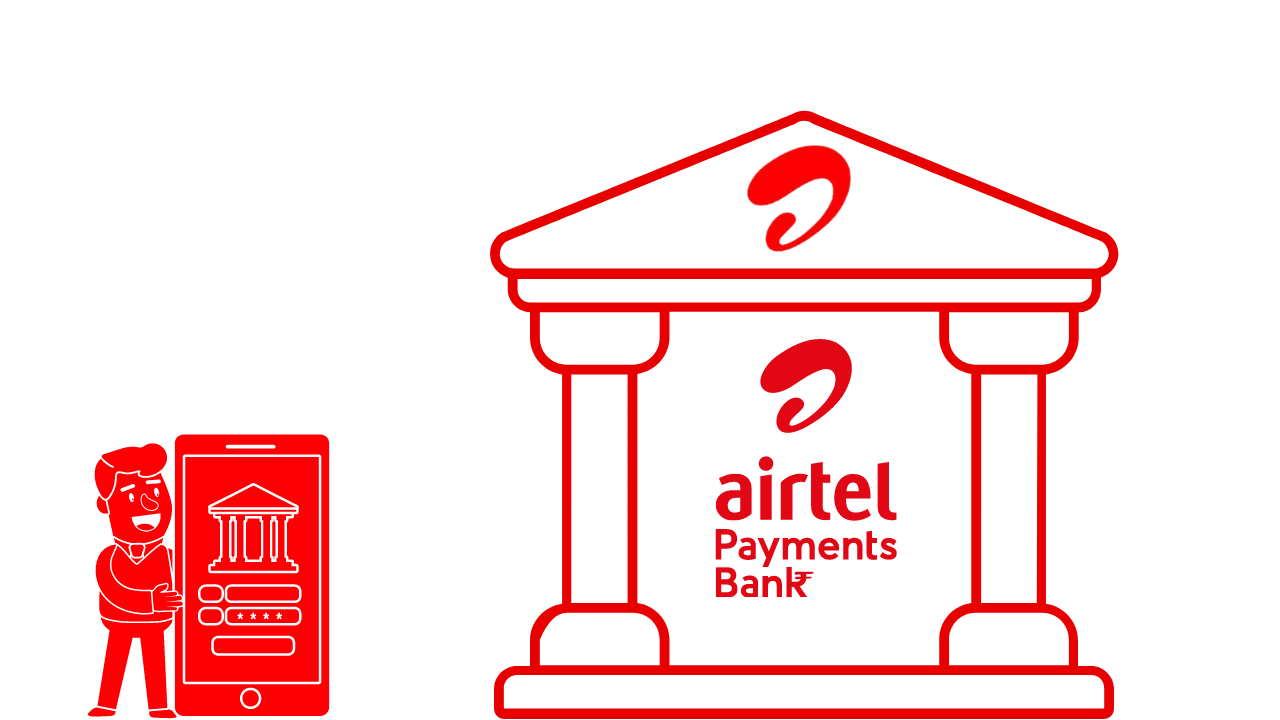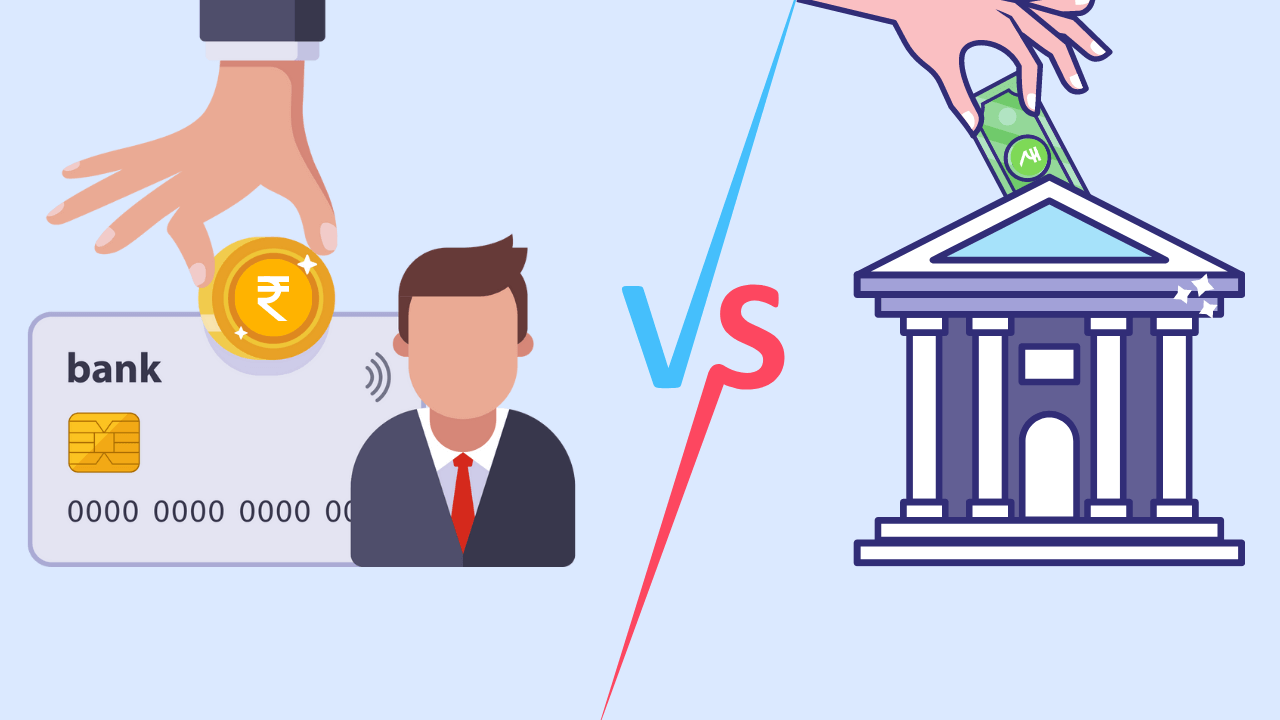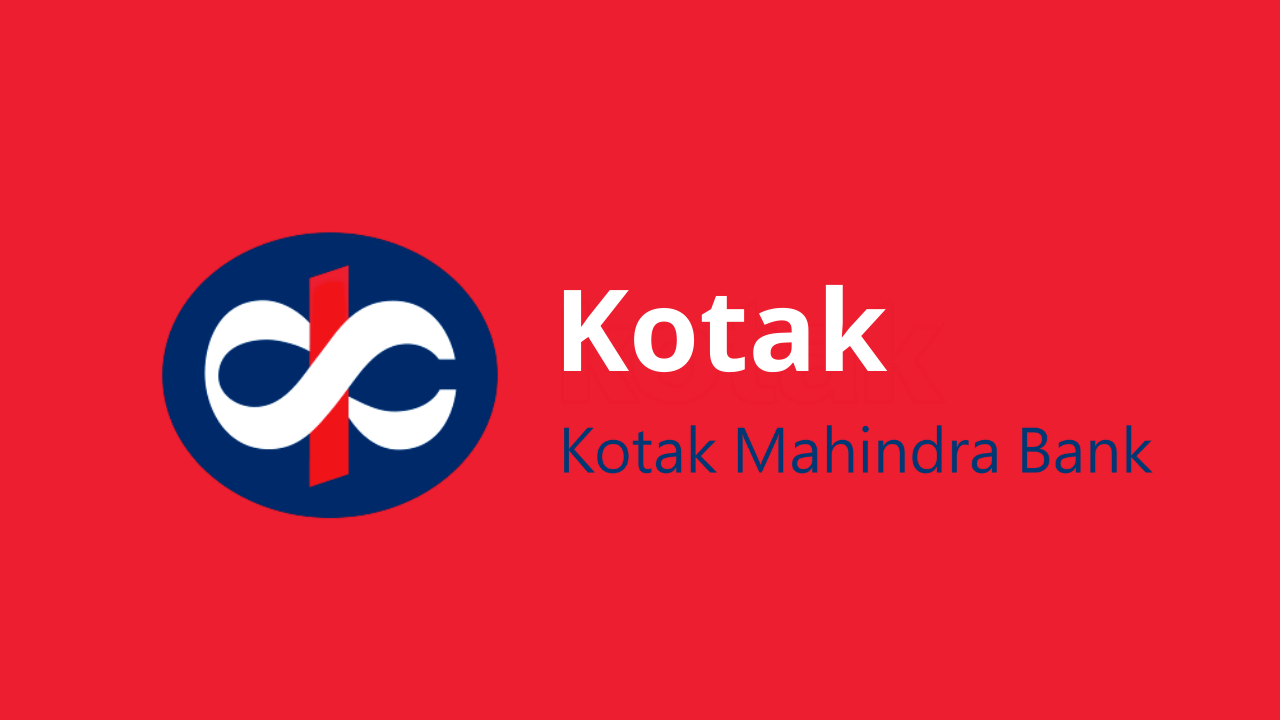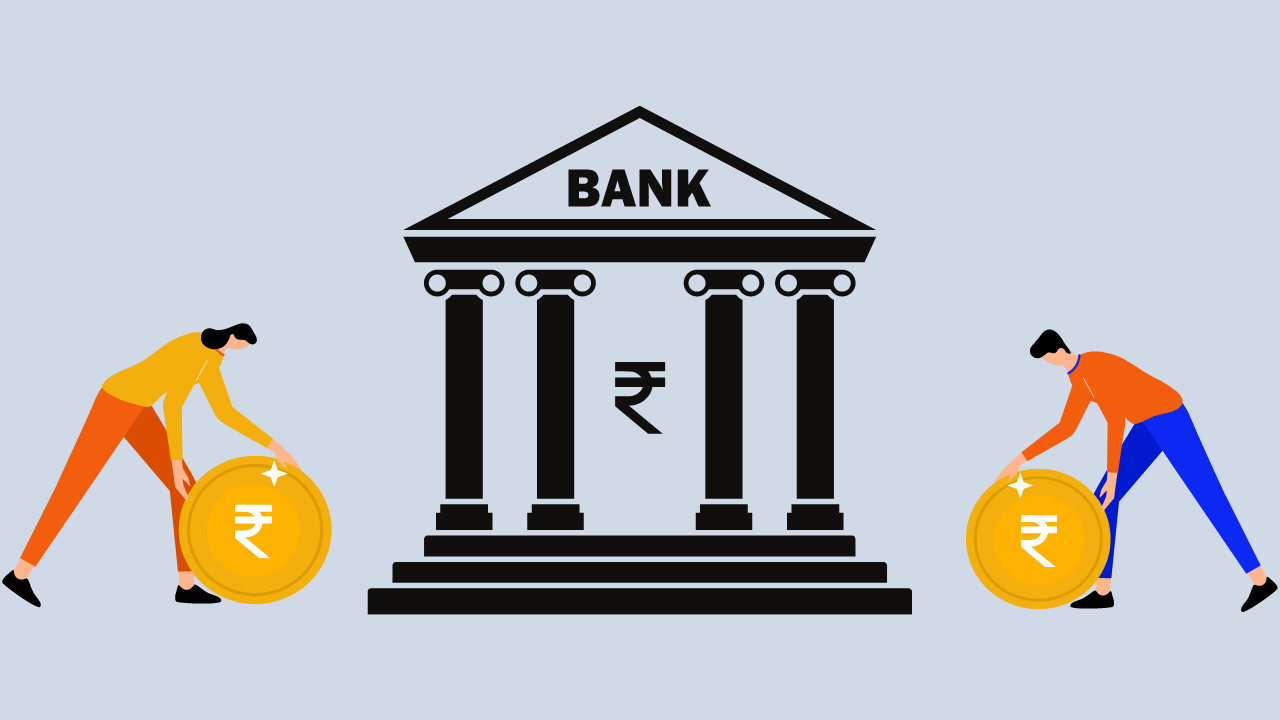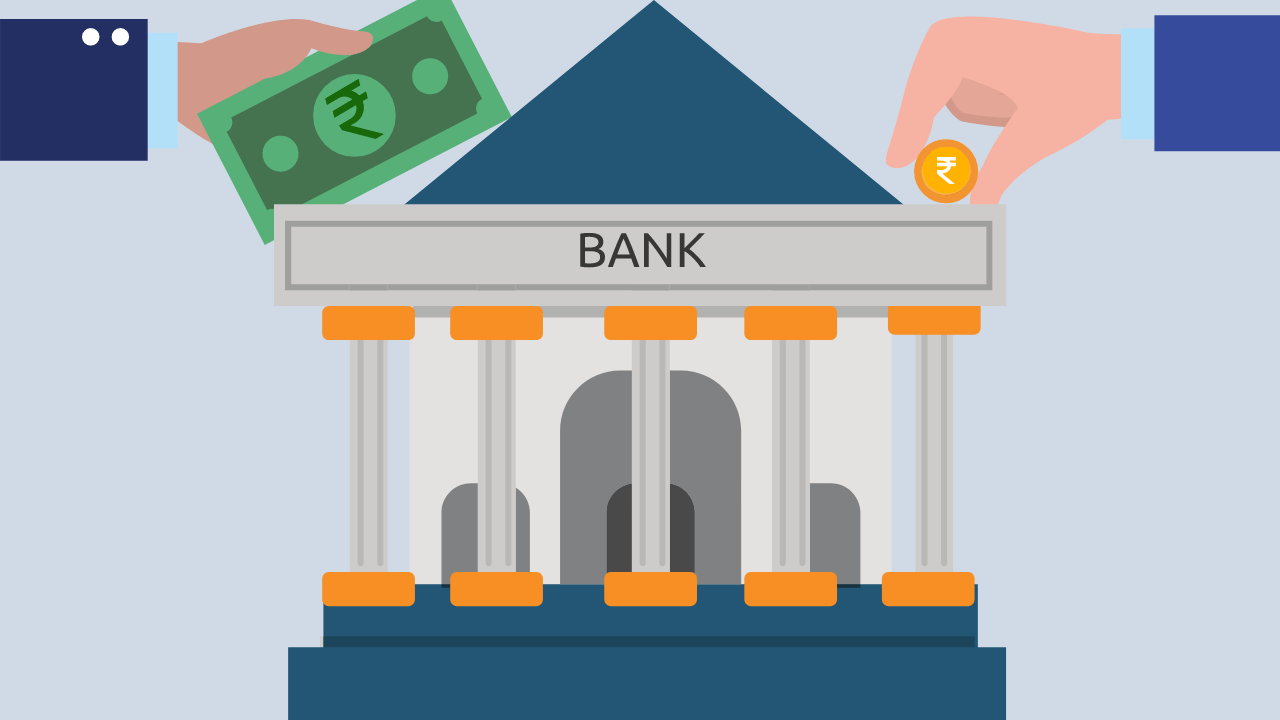Intraday trading, often referred to as day trading, is a thrilling yet challenging venture within the stock market. It involves buying and selling financial instruments like stocks, commodities, or currencies within the same trading day. In this article, we’ll unravel the complexities of intraday trading, exploring its basics, strategies, and the risks and rewards it presents.
Understanding Intraday Trading:
- Time Sensitivity:
Intraday trading is characterized by the swift buying and selling of financial assets, with all positions closed before the market closes for the day. Traders capitalize on short-term price movements, aiming to profit from market fluctuations within a single trading session. - Leverage and Margin:
Intraday traders often utilize leverage, borrowing funds to amplify their trading positions. This allows them to control larger positions with a smaller capital outlay. However, it also magnifies the risks, making risk management crucial in intraday trading. - Volatility:
Intraday trading thrives on market volatility. Traders seek assets with price movements, as these fluctuations provide opportunities to capitalize on short-term trends and earn profits. - Technical Analysis:
Successful intraday trading relies heavily on technical analysis. Traders use charts, indicators, and patterns to make informed decisions based on historical price movements. Common tools include moving averages, RSI (Relative Strength Index), and MACD (Moving Average Convergence Divergence).
Intraday Trading Strategies:
- Scalping:
Scalping is a strategy where traders aim to make small profits from numerous trades throughout the day. These trades are typically held for a few minutes to capture minor price fluctuations. - Day Trading:
Day trading involves opening and closing positions within the same trading day, taking advantage of intraday trends. Day traders may hold positions for a few hours, capitalizing on short-term price movements. - Swing Trading:
While not strictly intraday, swing trading involves holding positions for a few days to capture short-to-medium-term price swings. Swing traders analyze both daily and intraday charts to make informed decisions. - Trend Following:
This strategy involves identifying and following the prevailing market trend. Traders enter positions in the direction of the trend, aiming to ride the momentum for intraday profits.
Risk Management in Intraday Trading:
- Stop-Loss Orders:
Intraday traders employ stop-loss orders to limit potential losses. These orders automatically close a position if the asset’s price reaches a predetermined level, preventing further losses. - Position Sizing:
Controlling the size of each trade relative to the overall trading capital is crucial. Traders use position sizing to manage risk, ensuring that a single trade does not disproportionately impact their portfolio. - Diversification:
Diversifying trades across multiple assets reduces the impact of a single asset’s poor performance. This risk mitigation strategy helps traders maintain a balanced portfolio. - Risk-Reward Ratio:
Intraday traders assess the potential reward against the risk for each trade. A favorable risk-reward ratio ensures that potential profits outweigh potential losses, contributing to overall profitability.
Pros and Cons of Intraday Trading:
Pros:
- Quick Profits:
Intraday trading offers the potential for quick, same-day profits, allowing traders to capitalize on short-term market movements. - Liquidity:
The high liquidity in intraday markets enables traders to enter and exit positions swiftly, minimizing the risk of slippage. - Flexibility:
Intraday traders have the flexibility to adapt to changing market conditions, adjusting strategies based on real-time information. - Reduced Overnight Risk:
Unlike traditional investing, intraday traders do not hold positions overnight, mitigating the risks associated with overnight market movements.
Cons:
- High Risk:
Intraday trading comes with elevated risk due to the use of leverage, market volatility, and the short-term nature of trades. - Emotional Stress:
The fast-paced nature of intraday trading can lead to emotional stress, affecting decision-making and potentially resulting in impulsive actions. - Transaction Costs:
Frequent buying and selling can accumulate substantial transaction costs, impacting overall profitability. - Skill Dependency:
Successful intraday trading requires a deep understanding of technical analysis, market trends, and risk management, making it skill-dependent.
Conclusion:
Intraday trading is a dynamic and exciting facet of the financial markets, offering the potential for quick profits for those who navigate it successfully. However, it’s crucial for beginners to approach intraday trading with caution, understanding the associated risks and implementing effective risk management strategies. As with any investment venture, gaining knowledge, developing skills, and staying informed are key to achieving success in intraday trading.


